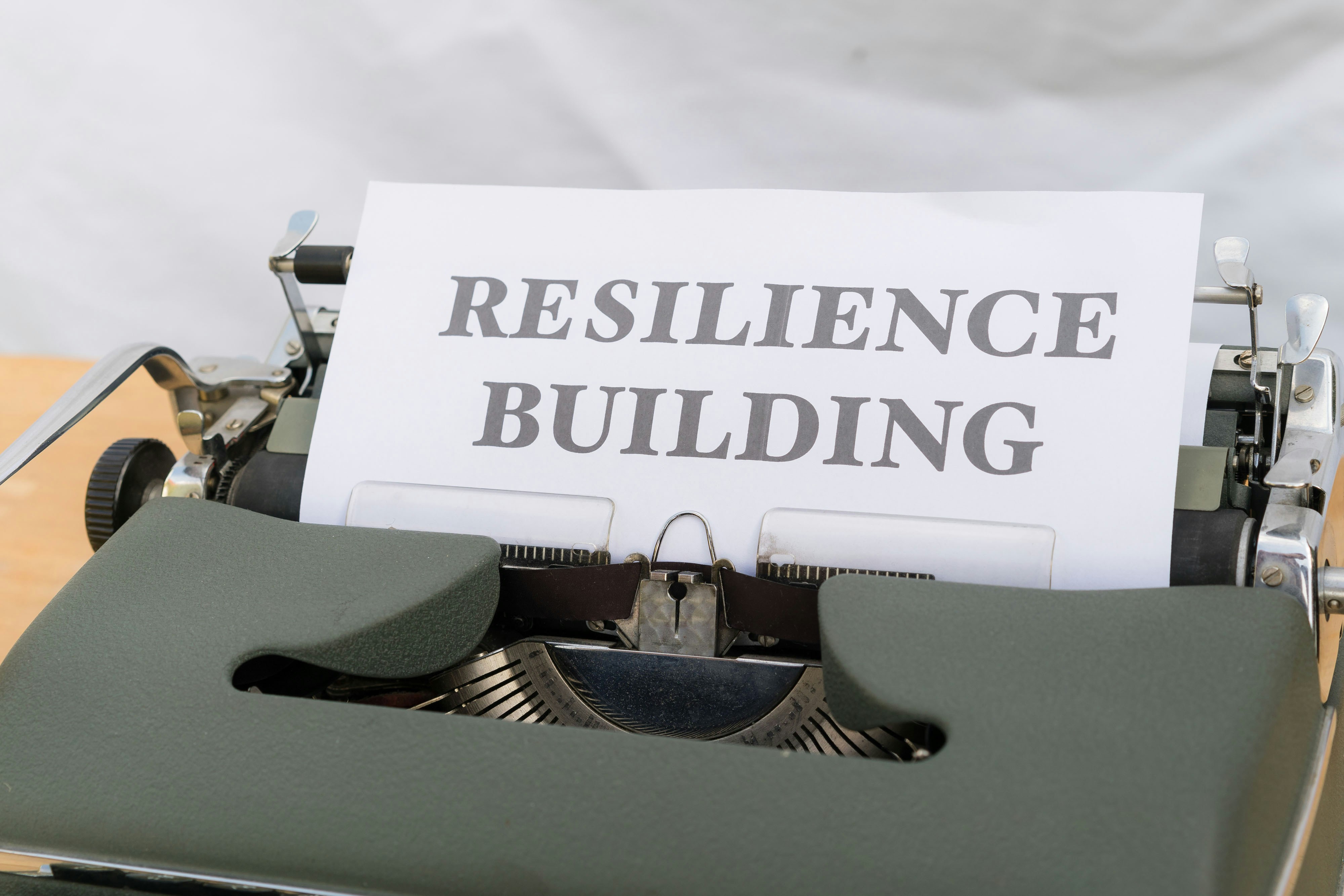AI for the Unseen: Transforming Crisis Management and Business Resilience Today
In an era where uncertainty has become the norm, businesses are turning to artificial intelligence (AI) for a fresh approach to crisis management and resilience. The ability to harness data-driven decision-making tools offers a pathway not only to survive turbulent times but to thrive in the face of adversity. This article explores how AI is reshaping strategies across industries and creating opportunities for businesses willing to embrace the unseen.
Understanding the Role of AI in Business Today
The ongoing digital transformation has necessitated a reevaluation of traditional business paradigms. AI serves as a backbone for this new age, integrating seamlessly into various business processes, from operations to customer service. Crisis management, in particular, is an area where the implications of AI tools are profound. Data-driven insights allow businesses to anticipate crises before they occur, making them more resilient.
The Power of Predictive Analytics
At the heart of AI’s influence on business resilience lies predictive analytics. By analyzing historical data, AI can forecast trends and potential crisis points, giving organizations a head start in resource allocation and planning. Research by Harvard Business Review indicates that companies successful in risk management exhibit a high reliance on predictive analytics, reporting increased agility in responding to crises.
But predictive analytics is only the beginning. For a practical application, consider a retail chain that uses AI tools to analyze purchase data. By identifying dips in product sales that historically precede supply chain issues, the chain can adjust its inventory proactively, thereby mitigating an impending shortage.
Automating Decision-Making
In a crisis, quick decision-making can separate the survivors from the casualties. AI tools are designed to facilitate rapid, data-informed decisions. By deploying machine learning algorithms, businesses can automate responses to various scenarios, such as sudden market demand shifts or unforeseen supply chain interruptions. This not only saves time but ensures that decisions are based on a wide range of data points that a human analyst may overlook.
One real-world example is the implementation of AI in logistics. Companies like Amazon use AI-driven tools to optimize delivery routes in real time, adjusting for traffic conditions and delivery windows. This ability to adapt ensures not only customer satisfaction but also effective resource management during challenging times.
Enhancing Communication and Collaboration
Effective crisis management relies heavily on transparency and internal communication. AI tools can streamline collaboration, enabling teams to converse in real time and share critical updates as situations evolve. The invisible workforce, a term used to describe the growing reliance on remote digital assistants and AI-driven tools, illustrates how businesses can maintain connectivity despite physical distance.
For instance, organizations can utilize AI-driven platforms to enhance remote team communication, as discussed in our article on revolutionizing remote team communication. These tools help synthesize data from various departments, presenting a unified narrative that teams can act upon, fostering resilience.
Real-Life Case Studies: Success Stories
Exploring specific cases of industry leaders leveraging AI for crisis management offers tangible proof of its potency. During the COVID-19 pandemic, companies like Zoom capitalized on real-time data to accommodate the sudden increase in remote working—a task that would have been daunting without the foresight provided by AI. Their ability to quickly scale operations and enhance service delivery, driven by data insights, exemplifies the critical role of AI.
Likewise, the journey of a healthcare provider adapting to surging telehealth demands highlights how AI can transform service delivery. By analyzing patient flow data, they could quickly allocate resources and adjust staffing, demonstrating a robust application of AI in crisis resilience.
Ethical Considerations in AI Deployment
As the reliance on AI tools continues to grow, ethical considerations become paramount. The deployment of AI must align with values of fairness and accountability, particularly in decision-making scenarios that affect employees. Organizations must craft ethical AI frameworks to guide their implementation, ensuring transparency and fairness in operations.
You can read more about the ethical implications of AI tools in our article on crafting ethical AI frameworks. As businesses navigate the murky waters of ethics in automation, establishing clear guidelines will be critical in maintaining trust.
Emotional Intelligence: The Human Touch in AI
While AI excels at processing data and optimizing processes, integrating emotional intelligence remains crucial for effective interpersonal interactions. Understandably, businesses might experience hesitation towards automated interactions—particularly in customer-facing situations.
An intelligent approach combines AI analytics with human insights, enhancing customer experiences by addressing emotions rather than just transactions. We delve deeper into this topic in our article on enhancing customer interactions. The ability for AI to adapt responses based on emotional cues can convert a potentially negative experience into a positive one, fostering brand loyalty.
Future-Proofing Through Continuous Learning
One undeniable aspect of AI is its capacity for continuous growth. The algorithms evolve as they learn from new data inputs, making them an invaluable tool for businesses seeking long-term resilience. This adaptability is especially crucial in dynamic environments where consumer preferences and market dynamics shift rapidly.
Moreover, organizations can leverage AI tools to cultivate a culture of learning, using insights from data to steer employee training and development. When staff are equipped with skills aligned with emerging trends, organizations not only enhance agility but also employee satisfaction. Discover more about this transformative approach in our piece on automating skill development.
Building a Comprehensive Crisis Management Strategy
When integrating AI into business operations, it’s essential to build a comprehensive strategy that encompasses various facets of crisis management. A well-rounded strategy should involve:
- Assessing Vulnerabilities: Use AI to analyze potential weak points in your supply chain, operational processes, and customer engagement strategies.
- Developing Contingency Plans: Build protocols that incorporate AI-driven insights, ensuring swift responses to disruptions.
- Training Employees: Foster a culture that embraces AI as a partner in decision-making, ensuring that your workforce is skilled in leveraging these tools.
The Path Forward: Embracing AI for Resilience
The journey to integrate AI into crisis management and business resilience requires an open mind and strategic planning. Embracing change is essential, but it must be accompanied by an understanding of its complexities and ramifications.
Encouraging collaborative efforts between departments can yield better insights and foster a culture of innovation. For businesses looking to leverage AI consistently, consider strategies discussed in our article on harnessing AI for behavioral insights. The integration of AI tools can serve as a catalyst for transformation, driving businesses towards a more secure and resilient future.
Next Steps for Businesses
AI is not merely a trend; it's a transformational force that can reshape business landscapes. Here’s how businesses can take practical steps moving forward:
- Assess Current Tools and Capabilities: Analyze existing processes and identify opportunities for improvement through AI integration.
- Invest in Training: Equip teams with the necessary knowledge and skills to utilize AI effectively.
- Iterate and Adapt: Regularly review AI strategies and outcomes, showcasing a commitment to continuous improvement.
By embracing AI thoughtfully, businesses can harness its power to not only weather crises but emerge more robust than ever.
Final Thoughts
The capacity to navigate and thrive amid crises relies heavily on how well businesses embrace innovations like AI tools. As organizations evolve, the focus should remain not just on technology but on the values that underpin its use. With AI leading the way, companies can unlock unseen resilience and position themselves as leaders in their respective fields.














